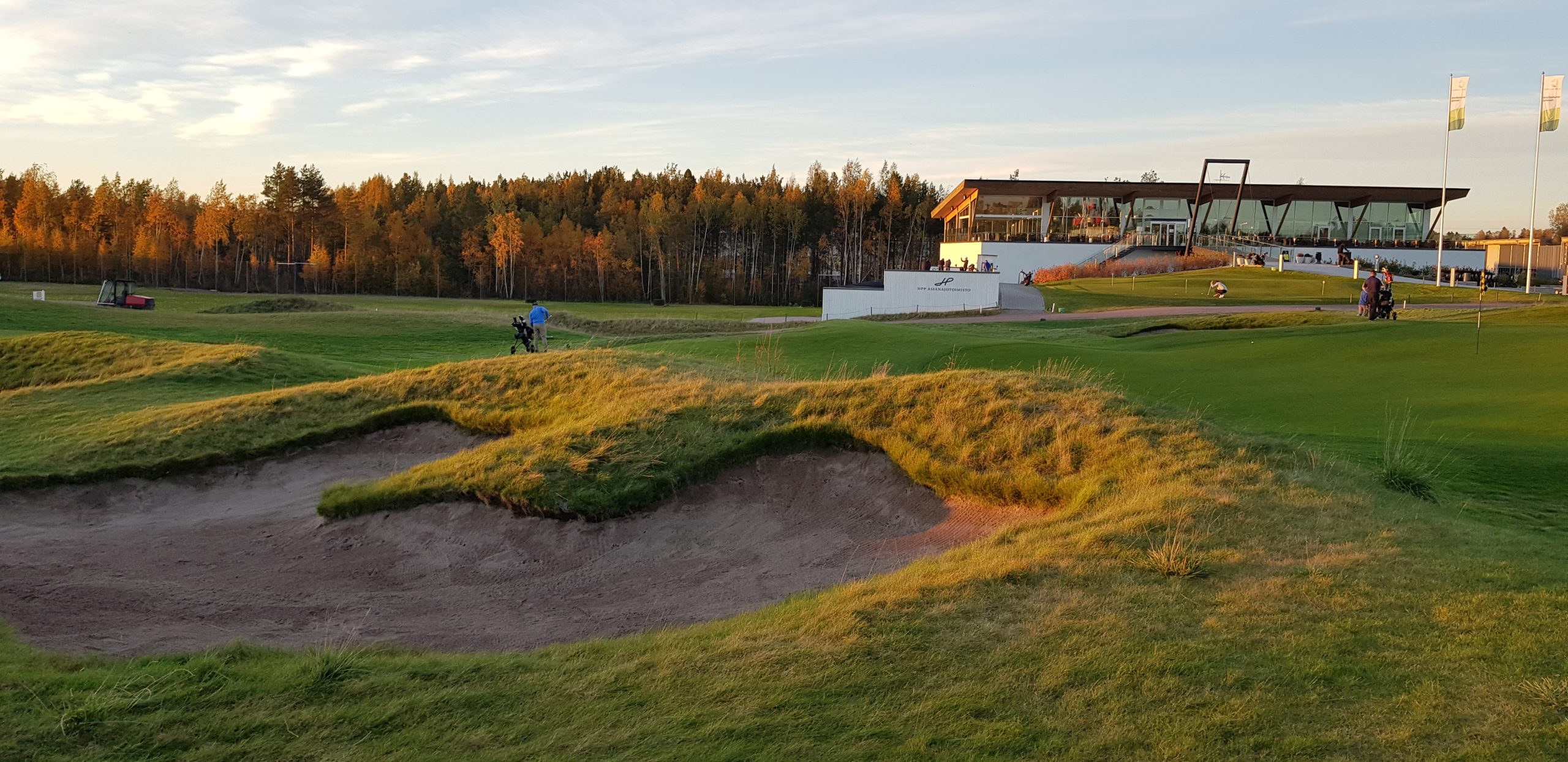Tapiola Golf removed a barrier preventing natural urban development
* written by Managing Director Pertti Itkonen, Ocarina Oy Ltd
In the 1950s, residents unlawfully started the landfill operations of Mankkaa, Espoo in a nearby peat bog. Espoo formalised the landfill operations in the early 1960s. In the period 1982–1985, waste from the entire Helsinki Metropolitan Area was shipped to the Mankkaa landfill. Over the decades, the population expanded around the landfill. The landfill operations would have been continued for a long time if it had not been for a large surface landslide that was caused by a loose layer of clay under the peat layer. The high susceptibility to a landslide put an end to the activities, and the around 4 million m3 landfill body was only covered with thin soil layers. Some of the landfill was fenced due to the collection of landfill gas. This left an around 50-hectare-wide area problematic from an environmental and land use perspective right at the centre of the city.
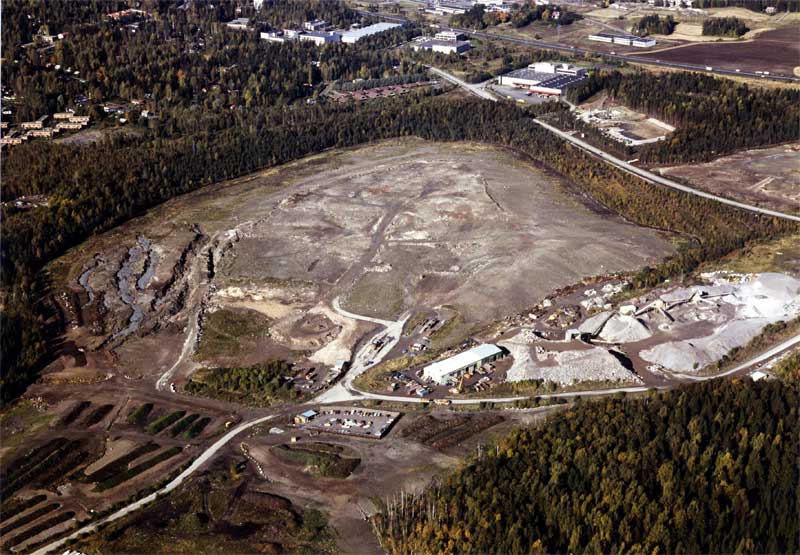
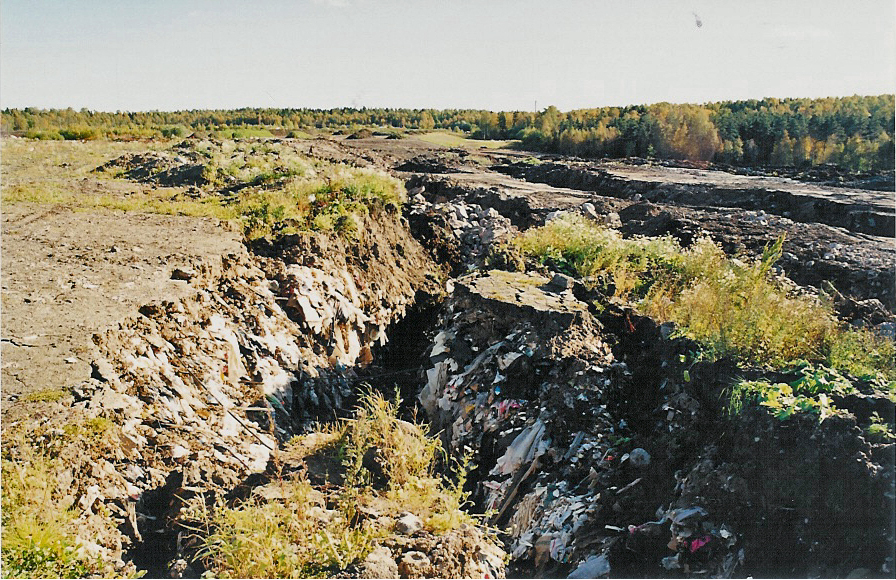
Collapse at the Mankkaa Landfill
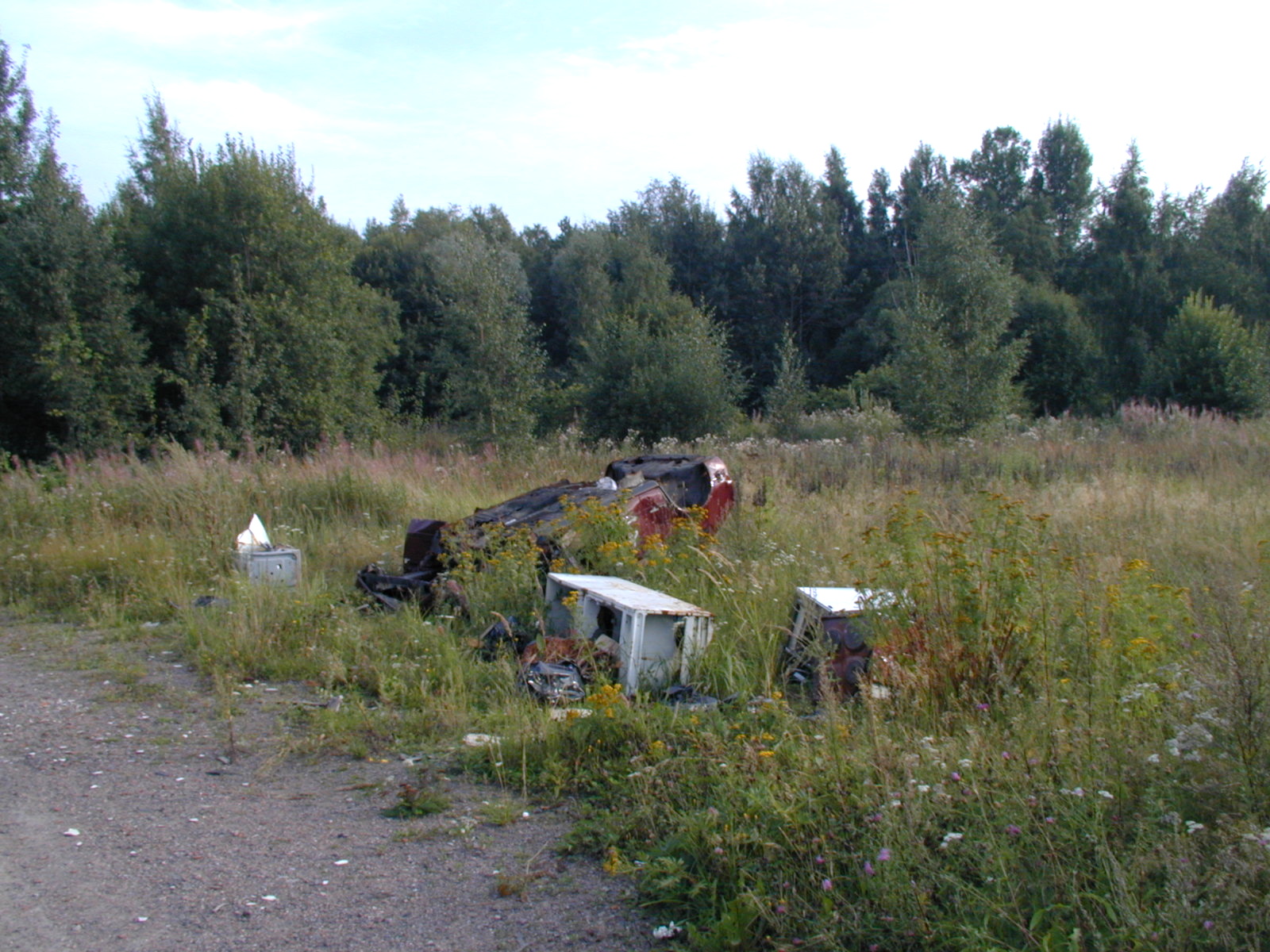
Illegal landfill use
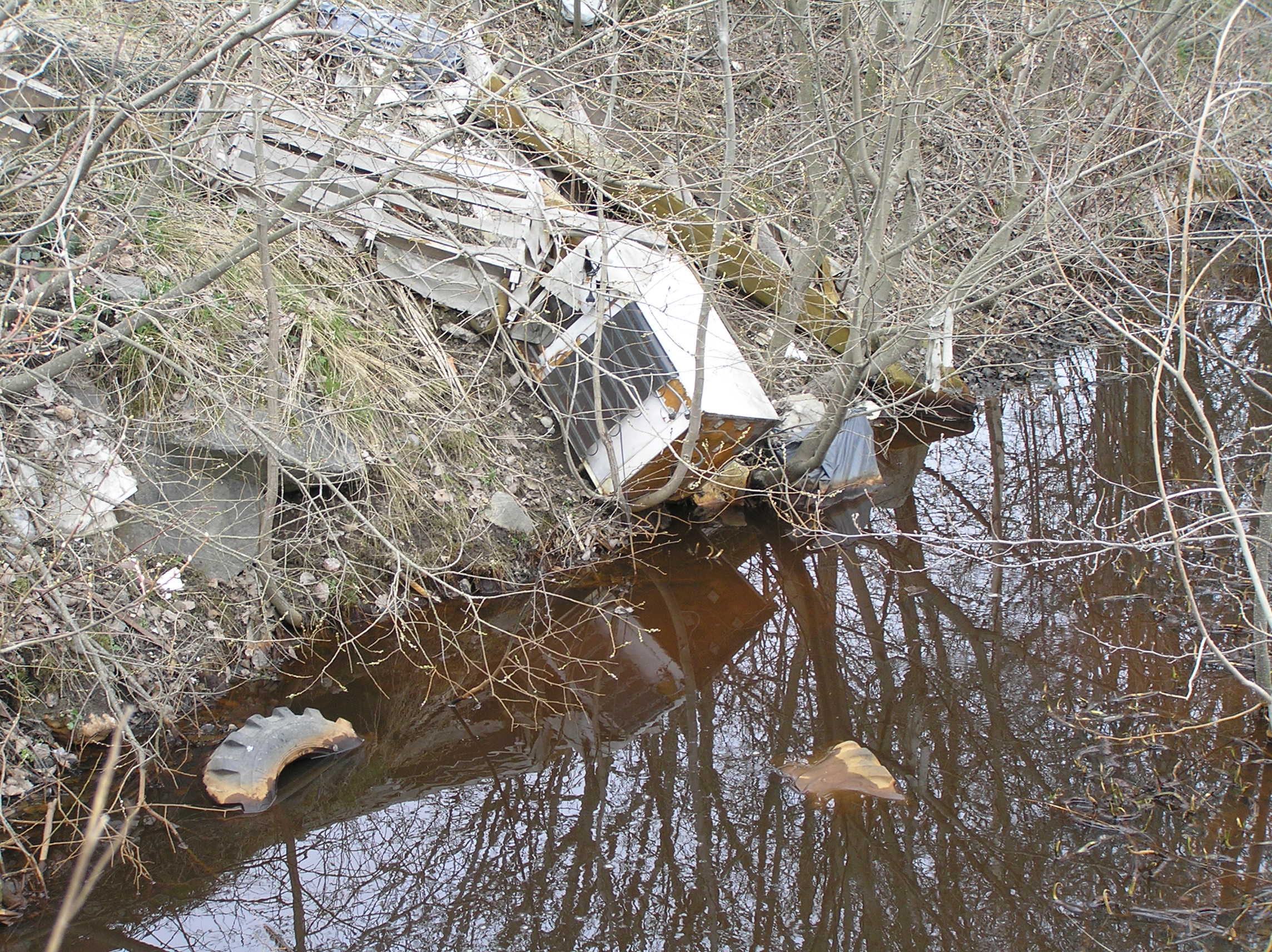
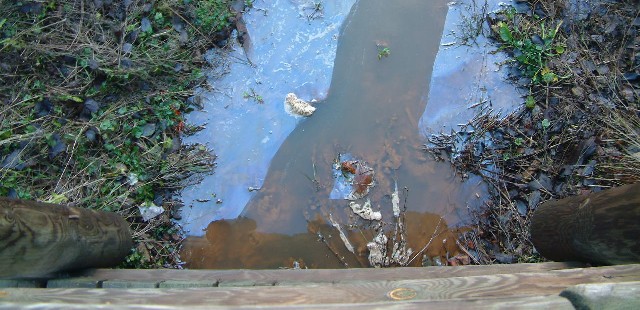

Landfill neck ditch. Photo: Pertti Itkonen
In 2000, Ocarina Oy Ltd was established to determine whether the former Mankkaa landfill area can be converted into a full golf course. After some initial hiccups, the City of Espoo decided that appropriate measures to restore the landfill would be launched alongside the golf course construction for which the company was responsible. Reports revealed that similar transitions had been accomplished dozens of times, mostly in the United States and Japan. Based on experience, a golf course is one of the best, if not the best, final use of a former landfill, provided that the properties of the landfill allow it. The location of the landfill as close as possible to the golf market, i.e. players, is also essential. Golf is an ancient form of physical activity whose popularity is still growing strongly. The golf course and its surroundings serve as a beautiful recreational area for everyone.

Landfill site in 2005
The construction of a golf course on a landfill requires the simultaneous expertise of a number of sectors and a diverse group of experts. The experts must manage both the technology used in restoring the landfill site and the construction of the golf course and, most importantly, the coordination of these at all stages of the project, from planning and conducting preliminary and feasibility studies all the way to implementation. This is a demanding and complicated project in which integration from start to finish is key. The golf course established on the former Mankkaa landfill was named Tapiola Golf, as it is located in the Suur-Tapiola (“Greater Tapiola”) neighbourhood.
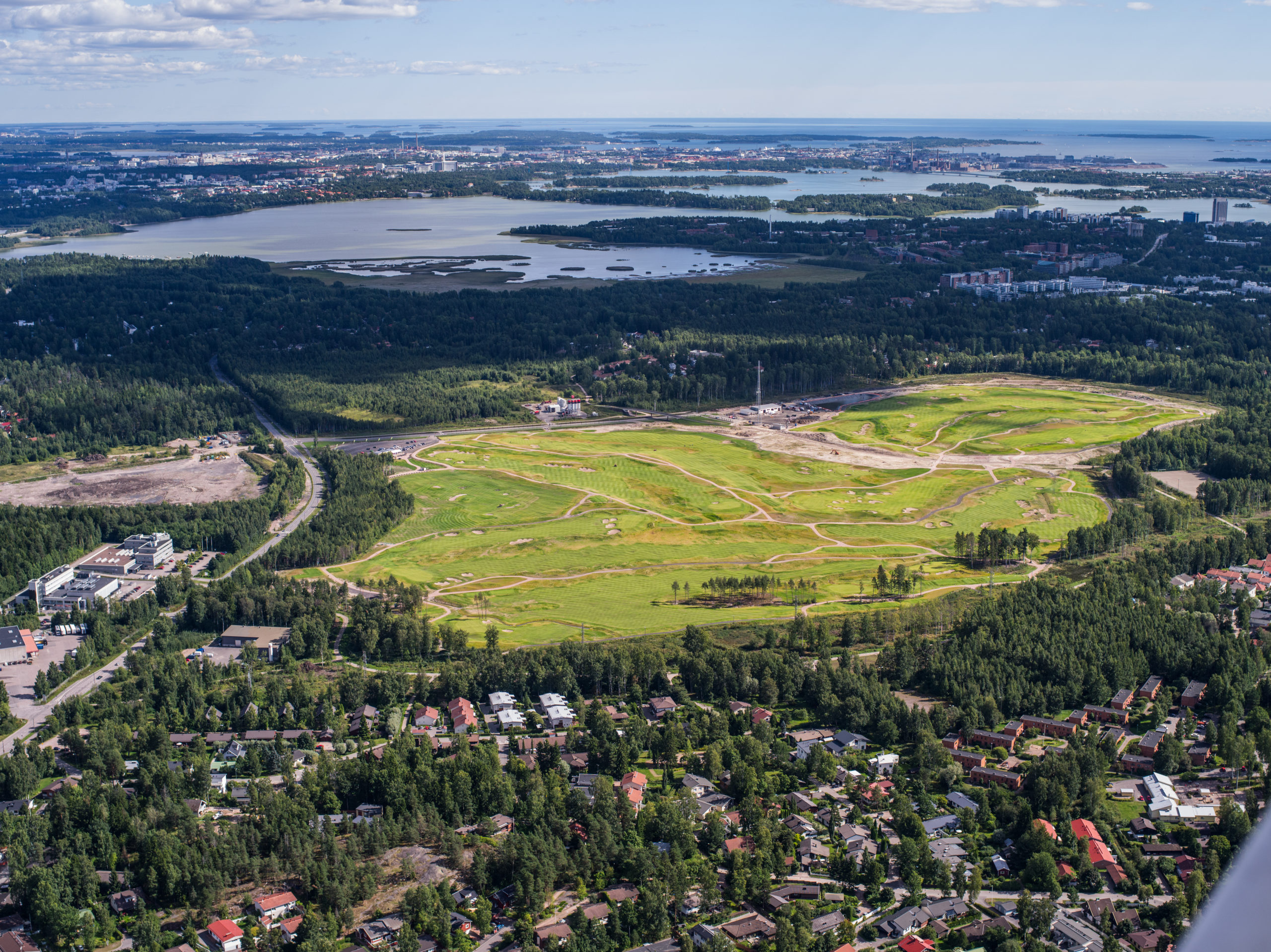
The field is ready (2013) Photo: Tage Strandström.

Tapiola and new golf course
Turning a landfill into a golf course is a means, not an end. The goal is to transform a neighbourhood stigmatised by a landfill into a healthy and comfortable living environment worthy of its location. A golf course provides a key to the solution and offers a win-win situation for the city and its residents, the natural environment and golf enthusiasts. When a golf course can be constructed on idle land, located near recreational golfers, there is no need for using dozens of hectares of land in virgin nature areas. An additional benefit brought by the golf course is also the year-round surveillance and management of the area, which makes the statutory after-care of the landfill significantly easier and prevents the illegal dumping affecting many old landfills. The city and other land owners in the neighbourhood surrounding the former landfill gains most of the versatile benefits. In addition to the direct and indirect economic and employment impacts of the golf course itself, the increase in the value of properties in the nearby environment and the emerging opportunities create an economic impact dozens of times higher than the investment costs. Without smart end use, the former landfill would only be a former landfill, even if it had been appropriately restored. The golf course has a revolutionary effect on the image and regard of the former landfill area.



In Europe alone, there are dozens of old landfill sites near urban centres, which may even prevent the natural development of an entire neighbourhood. Our long-term experience at Ocarina Oy Ltd has enabled us to achieve the kind of know-how that can be used to remove the barrier that prevents development and turn this into a solution that promotes urban development, at the core of which is the golf course.
We call this integrated development process the Ocarina Concept.


